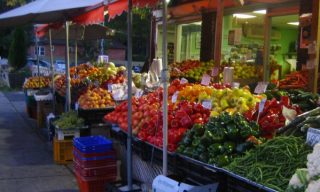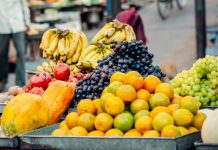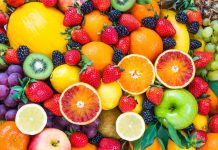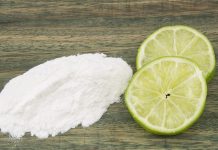Agribusiness has grown in leaps and bounds across Kenya over the years. The most common vegetables and fruits grown in Kenya include kale, lettuce, cabbages, potatoes, carrots, onions, cucumber, broccoli, beans, peas, avocado, mangoes, oranges and others. These fruits and vegetables tend to get damaged when being harvested, while being handled, during storage, processing, packaging, transportation and marketing. They are delicate and tend to lose water even after being harvested. This causes them to discolor and lose weight, affecting their appearance and therefore their market value.
To reduce losses after harvesting vegetables, consider the following points.
Avoid exposing harvested vegetables to high and low temperatures
Kale, cabbages and any other leafy vegetable are made of thin leaves that when exposed to heat dry out quickly acquiring a yellowish color with mouldy spots. Juicy fruits tend to dry up quicker when exposed to heat. Keep your fruits and vegetables in a cool, dry place with good air conditioning.
Low temperatures will cause freezing and shrinkage, reducing the weight of fruits and vegetables. Maintain the right temperature.
Ensure they are well stored
Store your vegetables well. For example, have ample space for storage of avocados, tomatoes and any other fruit or vegetable that may be mashed due to cramping. If kale and cabbages are stored in a small space, they may rot because of moisture being produced as a result of water loss. Underpacking is also unwise as too much movement in the storage space can lead to damage.
Make sure that storage objects have a smooth finish, sharp objects may slice into vegetables shredding them and causing damage. This can create an entrance for bacteria and moulds speeding up the rotting process.
Do not mix spoilt fruits and vegetables with fresh produce as this may encourage spread of bacteria.
Have a good transport system
Many farmers pay little attention to the quality of transport they use for their produce not realizing that this is a huge contributing factor to loss. Overpacking a transport vehicle in order to maximize profit for the seller and reduce transport costs is unwise. Make sure boxes are not cramped together to allow “breathing” and/or circulation of fresh air. Overpacking also increases the risk of accidents, and harvested vegetables and fruits cannot endure being exposed to harsh climate for too long. Use vehicles that are in good shape to reduce accident risks.
Bad roads can also lead to damaged produce, although there is not much one can do about this unless they drive safely or if possible, use better roads for transportation.
Ensure they are well stored during marketing
Vegetables that are displayed at the market for sale face risks of dehydration and bacterial infections. Kale and cabbages for example will dry up and turn yellow if exposed to the sun. Therefore, a farmer should provide a shade under his display to protect the vegetables and fruits from direct heat. Splash water on them to keep them cool from high temperatures.

Additionally, harvesting vegetables can be done before they ripen. Bananas, avocados, plums and the like can easily get squashed during storage, transportation and marketing. To avoid this, harvest them before they ripen and use a ripening room as they await marketing.





